While visiting a Ukrainian militia this summer, I nearly trod on an anti-tank mine which was being used as a doorstop at the entrance to their HQ. ‘Don’t worry, it’s a broken Russian one that we found,’ said my breezy host, Eduard Leonov. ‘We’re trying to fix it so we can use it.’
Eduard’s militia isn’t exactly the SAS of Ukraine’s forces. It’s a volunteer army and he himself is a folk-singer-turned-fighter in his fifties. Eduard’s dozen-odd comrades are Dad’s Army age, yet even so they still have a formidable arsenal – everything from grenade launchers to Kalashnikovs.
I thought about Eduardo when Scotland Yard issued their recent warning about guns from Ukraine’s war finding their way on to Britain’s streets. There are ‘huge amounts of weapons’ in Ukraine which could fall into the hands of either criminals or terrorists, said Matt Twist, a senior counter-terrorism officer. Britain’s police, he said, were working hard to stop them coming in.
Good luck to Britain’s police. Anyone who has spent time in Ukraine and met the likes of Eduardo, and all the countless other unregulated militias, will know that this is easier said than done.
Remember the scenes when mayor Vitaly Klitschko, once a super-heavyweight, dished out 20,000 assault rifles to help defend the city? All manner of different sorts of Kyiv’s residents queued up, and these were just the folks who’d left arming themselves to the last minute. Many other Ukrainians had already bought shotguns and hunting rifles – not your genteel sporting numbers by Purdey & Sons either. One popular choice is the Ukrainian-made Zbroyar Z-15, which has a ten-round magazine and silencer. The Zbroyar Z-15 would not look out of place in the hands of a Nato sniper.
Most of those weapons were for self-defence, sometimes with Russian looters in mind. The weapons bought for actual attacks were in another league: military-grade kit, from grenades and landmines through to the NLAW and Javelin anti-tank missiles supplied by Britain and the US. NLAW is ‘the ultimate tank killer’, say its makers, able to eliminate even the most advanced tanks.
If this was all just in the hands of a regular army, it might not be an issue. But this is a ‘people’s war’. Many of the soldiers now fighting the Russians belong to volunteer militias like Eduard’s. Other militias include cadres of western military volunteers, who operate in similarly independent fashion. I know Britons and Americans who have taken out Russian helicopters with missiles, and who build DIY attack drones that drop grenades on to Russian lines. They’ve played a key role in the country’s successful defence, but there’s no possible way to track or trace the weapons, or to disarm in any traditional way.
And while most fighters are in it for noble reasons, the conflict has also attracted its share of war tourists, Rambos and rogues. ‘There will be opportunities for bad apples to pick something up and do what the heck they want with it,’ says David Dyson, a British firearms consultant. Ukraine also has form in this regard, stretching back to the anarchic post-communist period, when it was a vast car-boot sale for surplus Cold War weaponry. Viktor Bout, the rogue Russian arms dealer portrayed by Nicolas Cage in the film Lord of War, sourced weapons here for the Taliban. In 2018 alone, the Small Arms Survey estimated that there were almost 3.6 million unregistered guns in the country.
Meanwhile, the sheer size of its borders with Europe – nearly 1,000 miles in all – makes it hard to police at the best of times. In 2016, a French national was caught smuggling anti-tank grenade launchers, detonators and 125kg of TNT into Poland from Ukraine, as well as machine-guns and 5,000 rounds of ammunition. Officials in Kyiv said the man, allegedly a far-right sympathiser, was planning attacks on French mosques during Euro 2016.
The Ukrainian police, who are hotter on this than you might expect, arrested him after keeping him under surveillance for several months. But they have other problems to worry about right now.
Black-market weapons also flooded Europe after the Balkans conflict. Balkans-made Kalashnikovs were used in both the Charlie Hebdo and Bataclan attacks in Paris, and have cropped up in numerous gangland hits in Marseille.
Nic Marsh, a small arms expert at Oslo’s Peace Research Institute, points out that luckily, demand for machine-guns in Britain is relatively small, but gangsters still love to get their hands on them, as it shows they mean business. Dale Cregan, a Manchester gangster, is currently serving life imprisonment for using a hand grenade during an ambush to kill two female police officers in the city in 2012. The grenade was part of a batch from the Balkans that have been used in gang feuds all over Europe.
Contrary to what one might expect, these weapons don’t all arrive in large shipments controlled by some underworld quarter-master-in-chief. Instead, they come in via what arms control experts call the ‘ant trade’ – a steady trickle of a few here and a few there, hidden in cars, lorries and suitcases, brought in by individual operators. Over time, though, those ants form a column, steadily marching out from the field of war into troubled parts of the world. The ant column running out of Ukraine could end up very large indeed.
Got something to add? Join the discussion and comment below.
Get 10 issues for just $10
Subscribe to The Spectator Australia today for the next 10 magazine issues, plus full online access, for just $10.
You might disagree with half of it, but you’ll enjoy reading all of it. Try your first month for free, then just $2 a week for the remainder of your first year.

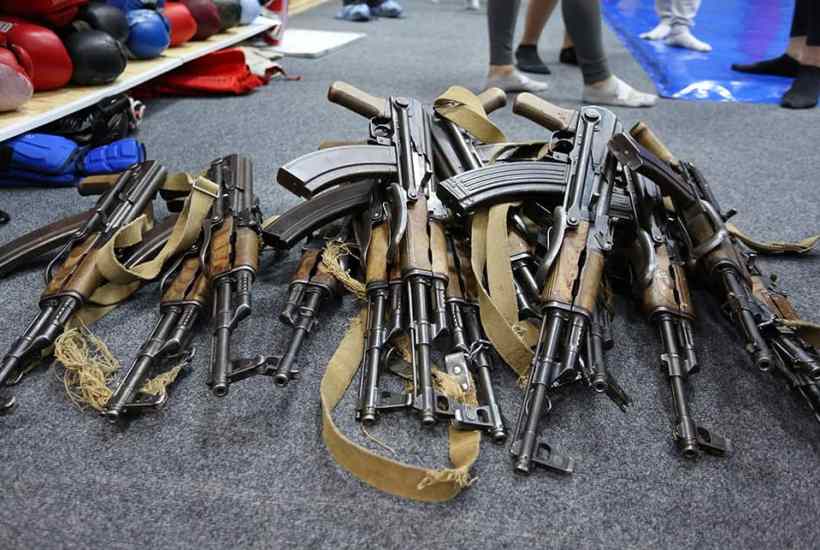
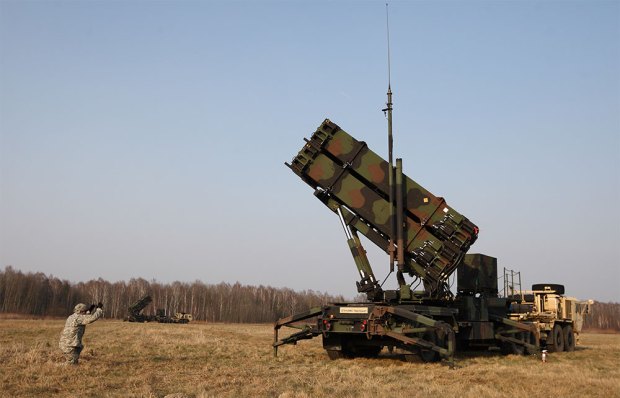
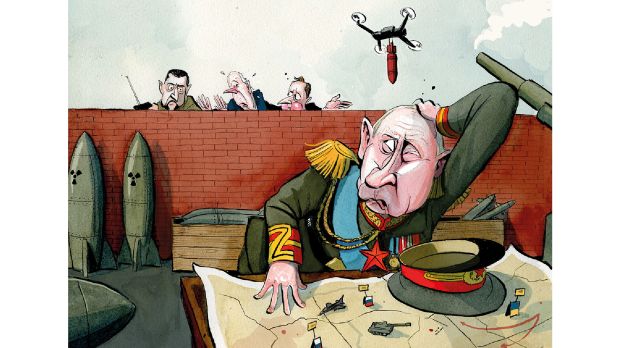
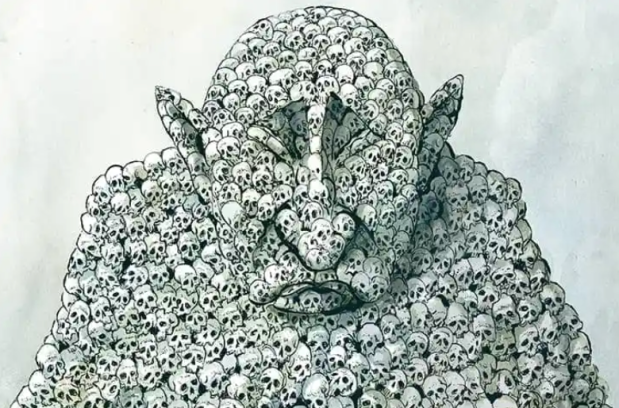
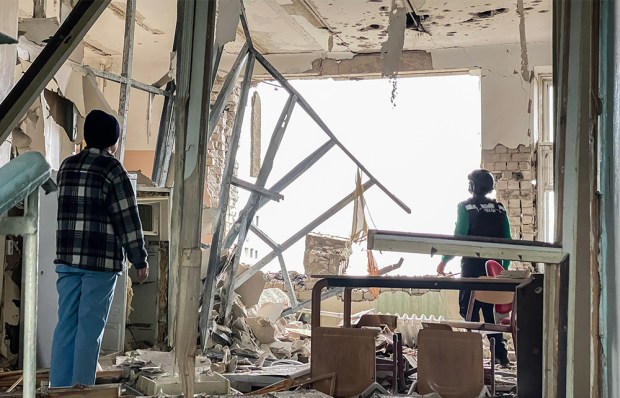

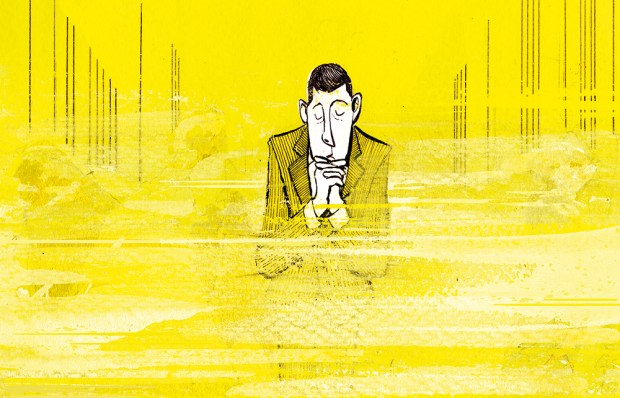






Comments
Don't miss out
Join the conversation with other Spectator Australia readers. Subscribe to leave a comment.
SUBSCRIBEAlready a subscriber? Log in